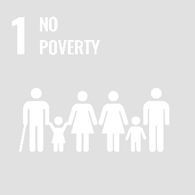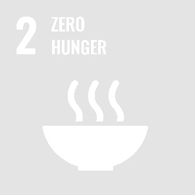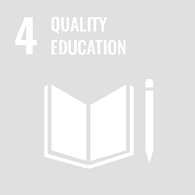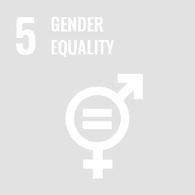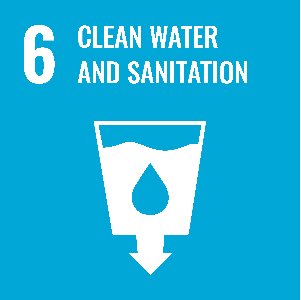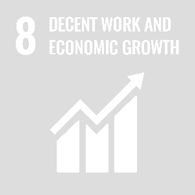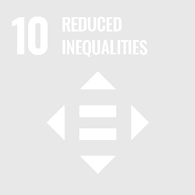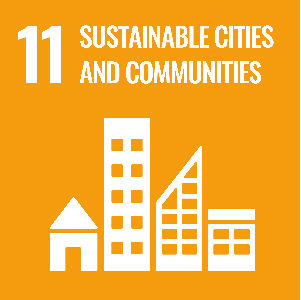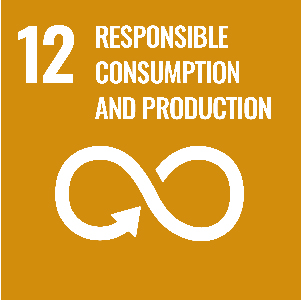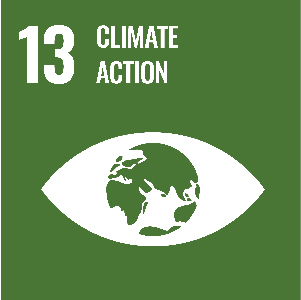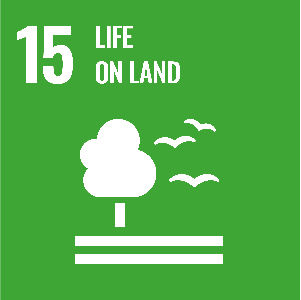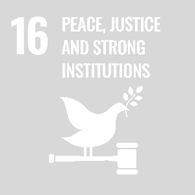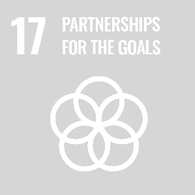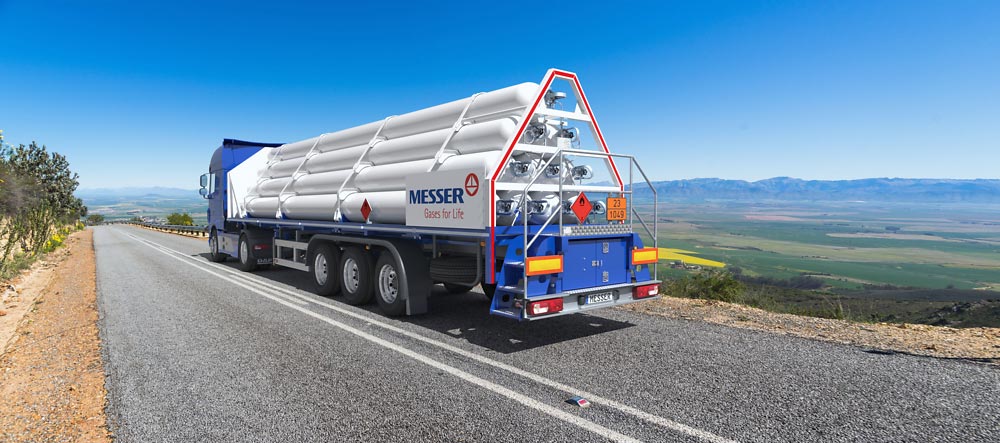Environmental & climate protection 2020
Group-wide, our air separation units consumed 16.6 million cubic meters of water in 2020. That value was 700,000 cubic meters lower than in the 2019 financial year. Most of the water we use cools the compressors in our air separation units.
Our main manufacturing processes – air separation, CO2 purification and liquefaction – need no water for process control. Rather, they generate large quantities of heat – mainly by the compression of gases – which are usually removed by a cooling water system.
Most units have an open cooling circuit: the cooling water circulates in a loop, absorbing heat from the respective sources and discharging it to the atmosphere in an open cooling tower. In an open cooling tower, part of the circulating water evaporates and another part is removed to prevent insoluble components from thickening. Fresh water must be fed back into the system to replace the water that is evaporated and/or removed. This results in the only direct water consumption of our manufacturing processes. Directly dependent on a unit’s power consumption, the quantity of water added is around two to three cubic meters per hour per megawatt of electrical power.
Our commitment to environmental protection is also reflected by our quality management system, which regulates our operations the world over. We are certified according to ISO 14001 and RCMS in 59 consolidated companies. ISO 14001 is an internationally recognized standard developed by the International Organization for Standardization (ISO). It defines requirements designed to help organizations establish, implement, maintain and continuously improve their environmental management systems. RCMS certification serves the comparable purpose and function for our American production sites.
Our goal is not only to minimize our own CO2 footprint, but also to help our customers reduce their emissions as well. Through the impact of our gas applications, we achieve this with an efficient supply of gases – via on-site units, for example, or the use of green hydrogen.
Our customers use our Gases for Life in industrial processes to increase the efficiency, quality, capacity and eco-friendliness of their activities, and/or to reduce the associated emissions and costs. To maximize those effects, we work closely together with our customers. We supply application engineering equipment and expertise, help design and optimize processes, and actively support process development in the service of our customers.
The number of new bulk agreements signed by Messer Group including the Western European subsidiaries remained close to the level of the previous year: In the 2020 financial year, 29.7 percent of new contracts were signed with explicitly positive overall effect on the environment: in the 2019 financial year that figure was 26 percent.
The increased number of new contracts based on applications with positive effects on the environment include, among other things:
- An increase in the number of oxygen applications in China
- Systematic trials with and implementation of cryocondensation units
- Advanced development of oxyfuel and hydrogen-oxygen combustion technology
The installation of on-site units for the local production of industrial gases and the resulting replacement of bulk deliveries reduced greenhouse gas emissions by about 3,200 metric tons of CO2e in the 2020 financial year.
In August 2020, Messer Group joined the European Clean Hydrogen Alliance to share with partner firms throughout Europe our extensive expertise in industrial gases relative to the efficient and effective use of green hydrogen. Since 2020, Messer has also been a partner in the project to expand EnBW Group’s power-to-gas plant in Grenzach-Wyhlen in the German state of Baden-Württemberg. The electrolysis plant operated there will be expanded to a total electrical power of six megawatts by 2023. We are responsible for marketing the green hydrogen in the surrounding region, and this gives us an opportunity to help decarbonize the regional transportation network and the regional industry.
In the USA, Messer Industries has been successfully marketing hydrogen for mobility applications for 15 years now. Twelve locations are currently supplied, including the BMW plant in Spartanburg, South Carolina – one of the largest facilities in the world where fork lift trucks are deployed. Another focus area is the bus sector: New legislation in California (CARB / Innovative Clean Transit Regulation) and Europe (Directive 2009/33/EC on the promotion of clean and energy-efficient road transport vehicles) oblige bus companies to gradually convert their fleets to emission-free drives by 2030. In 2020, Messer Industries set a new world record for refueling fuel cell-powered buses in series. Messer is actively involved in supplying fuel for fuel cell-powered buses in China as well: We resupply hydrogen refueling stations for them in Zhangjiagang and Chengdu.

